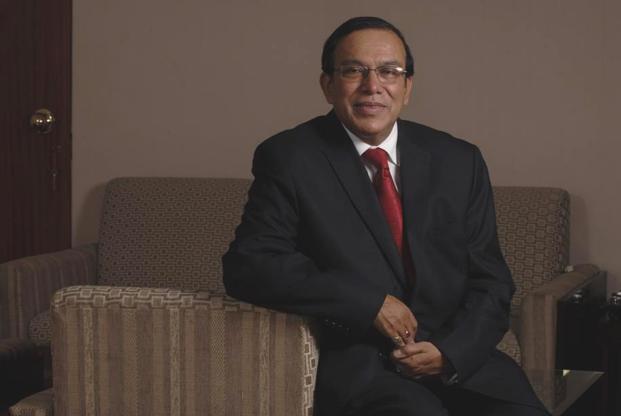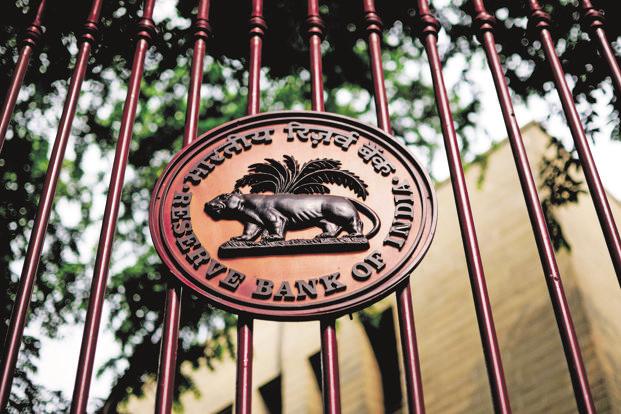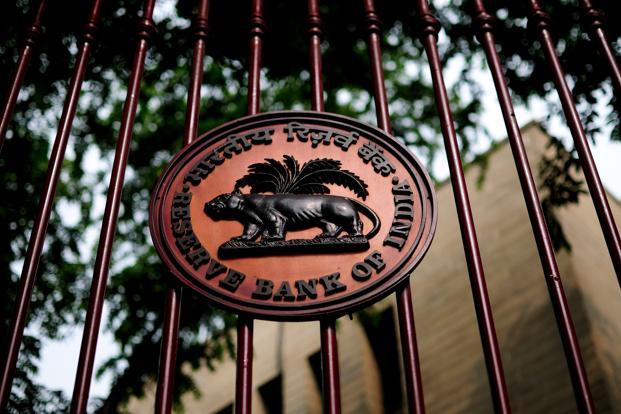Birendra Kumar, managing director and chief executive of International Asset Reconstruction Co. Pvt. Ltd (IARC), should be all smiles today. Investment firm KKR and Co., I understand, is ready to pick up a strategic stake in his company that buys stressed assets from banks and makes money by recovering them. Many of India’s 14 asset reconstruction companies (ARCs) have been scouting for equity infusion as they need to have more skin in the game after the Reserve Bank of India (RBI) in August made certain critical changes in the ARC regulations, but Kumar seems to have braced the tape ahead of others. With around Rs.1,500 crore assets under management, IARC is the fifth largest ARC in India, sponsored by HDFC Bank Ltd and Tata Capital Ltd. Its other stakeholders include ICICI Bank Ltd, City Union Bank Ltd, Standard Bank Plc of the UK and FMO, Netherlands.
Kumar politely declined to talk to me and, over the weekend, I could not reach Sanjay Nayar who heads KKR’s India operations. But a few others in the know told me that the boards of both entities will meet in Mumbai on Monday to finalize a deal that envisages KKR picking up a strategic stake in IARC—the first such high-profile deal in the ARC space. The value of the deal could be as much as Rs.300 crore, which includes sale of equity as well as KKR subscribing to a quasi-equity instrument floated by IARC. KKR and IARC are looking for a long-term strategic relationship that could change the contours of the bad loan market in India.
The credit for this goes to the Indian central bank. Since it released the “framework for revitalising distressed assets” in January, RBI has been goading ARCs to tie up with foreign funds to boost the bad loan market with their financial muscle and expertise. Even though 100% foreign direct investment is allowed in this sector (with a single investor’s exposure capped at 49%), barring one ARC, none has got such an investment. Singapore-based SSG Capital Management, a distress and special-situation private equity fund, sometime back picked up a 49% stake in Asset Care and Reconstruction Enterprise Ltd (ACRE) for an undisclosed sum. The KKR investment is much larger in size. IFCI Ltd and Punjab National Bank are the sponsors of ACRE.
In fiscal year 2014, most bad assets were sold against the so-called security receipts (SRs)—a pass-through certificate—and not cash; and ARCs invested 5% in such SRs. The banks aggressively priced many such loans and ARCs paid more than what is justified without caring for recovery, ostensibly to get maximum management fees (one ARC has grown its book 50 times!). Taking note of this trend and realizing that the risks remained largely with the seller banks, RBI has raised ARCs’ investment three times to 15%. The ARCs need to put in more money in every deal and for that they need to have more capital.
After selling about Rs.50,000 crore of bad loans last year—the highest in the past 11 years since the ARCs came into being—banks were even more aggressive in hawking bad loans in the first quarter of the current fiscal. A State Bank of India-led consortium of lenders sold Rs.4,000 crore of loans, given to hospitality firm Hotel Leelaventure Ltd, to an ARC in June, possibly the biggest loan ever sold to an ARC. Another chunk of bad loan, some Rs.1,200 crore, given to Bharati Shipyard Ltd, was sold to another ARC. Typically, bad assets are sold at a discount, but in the case of Leelaventure, the buyer paid a premium. Overall, around Rs.22,000 crore worth of bad assets were auctioned in the June quarter and at least 50% of them got sold. But in the September quarter not even 5% of Rs.25,000 crore of bad assets put on auction was sold.
After a sudden spurt, the bad loan market is shrinking. Who is to be blamed—RBI, banks, or the ARCs themselves? RBI’s August notification asked ARCs to invest three times more in the SRs issued by them and increase disclosures about recoveries made. Also, fees now are linked to the net asset value (NAV) of the assets and not the outstanding value of the SRs. This means that if there is any shortfall in the recovery of bad loans, the ARCs will get lower fees. Besides, earlier the ARCs could plan for 12 months on the recovery strategy, but this has now been reduced to six months. Immediately after six months they need to get the SRs rated and based on the rating—which takes into account the progress in recovery—the NAV will be arrived at.
All these have made the ARCs nervous. The business dynamics have changed and the management fees alone will no longer determine the acquisition price of bad assets.
Typically, ARCs get a reasonably good discount (could be as much as 25-30%) when they buy bad assets offering cash, but since they are capital-starved, they mostly buy bad loans offering SRs and such deals get them small discounts, between 5% and 10%. In SR deals, an ARC also gets management fees—typically 1.5% per annum. By simple arithmetic, on an investment of 5%, 1.5% management fees ensures about a 30% internal rate of return. But, with the floor for investment being raised to 15%, return drops to 10%. The rules of the game have changed overnight—the ARCs that could make money on management fees will now have to earn out of actual recovery of bad loans. Not too many ARCs can survive the new regime unless they dramatically improve their expertise to recover.
Both cash and SR deals help a bank reduce its pile of bad loans, but in SR transactions, the bad assets get transferred from a bank’s loan book to its investment book as the bank itself invests in the passthrough certificates. In other words, the risks remain with banks. As far as ARCs are concerned, paying higher SR value to the seller bank does not really affect this as the management fees take care of this. But this will change now as they need to invest more and without actual recovery of bad loans, they will not be able to make money. They need capital, but there aren’t too many investors around. Since the recovery process takes five years and can go up to eight years, only the so-called patient capital can flow into this sector. Patient capital is long-term capital that an investor is willing to make with no expectation of turning a quick profit.
The ARCs need new avenues to raise capital; accessing the capital market could be one option, unless of course the KKR deal opens a new window and we see many more foreign funds pumping money into the sector. Legal reforms will accelerate recovery and attract foreign investors who are keen to participate in the distressed assets market but have been sitting on the fence as they are not sure about returns on investments now.
The banks were earlier not willing to sell bad assets to ARCs as they were not comfortable exposing their soft underbelly; now they want to sell such loans and it doesn’t really matter whether ultimately the loans are recovered through redemption of SRs as, typically, a public sector bank chief’s tenure is not more than two years. But to make it a success, banks must have a rational expectation on the pricing of bad loans. Bank chiefs now fear that they will be hounded by investigating agencies if they offer hefty discounts on loans while selling them to asset reconstruction companies. The combination of loans that have already turned bad and restructured loans could be as much as 12% of the assets of the Indian banking industry.



